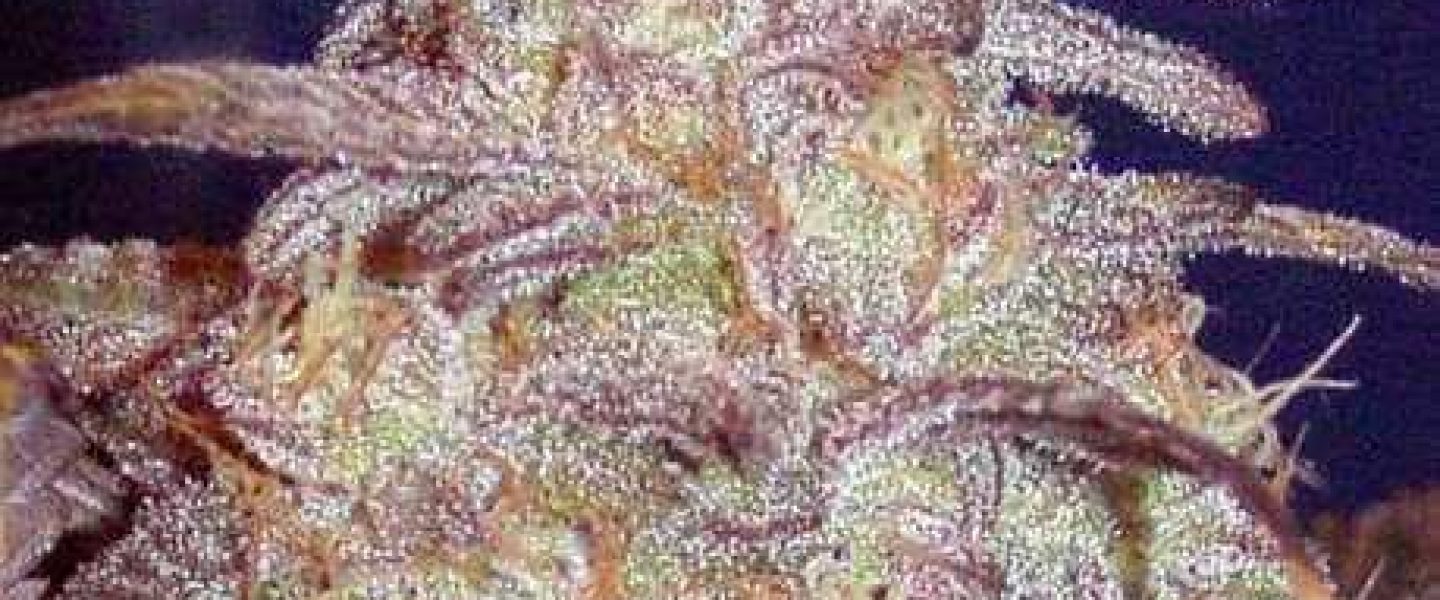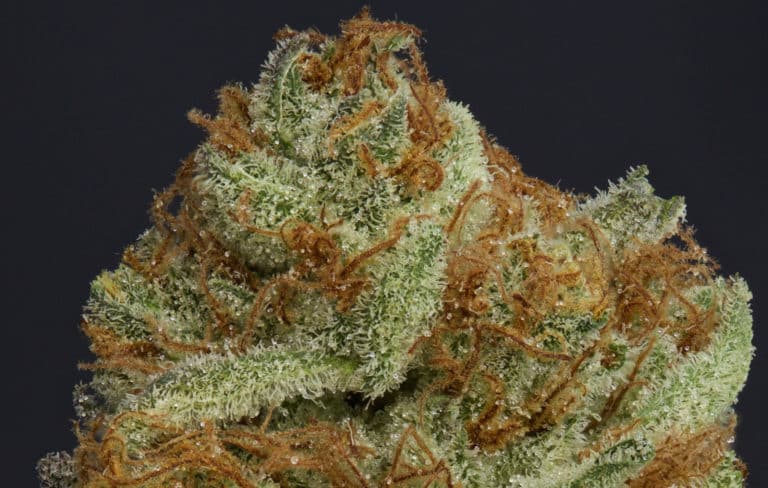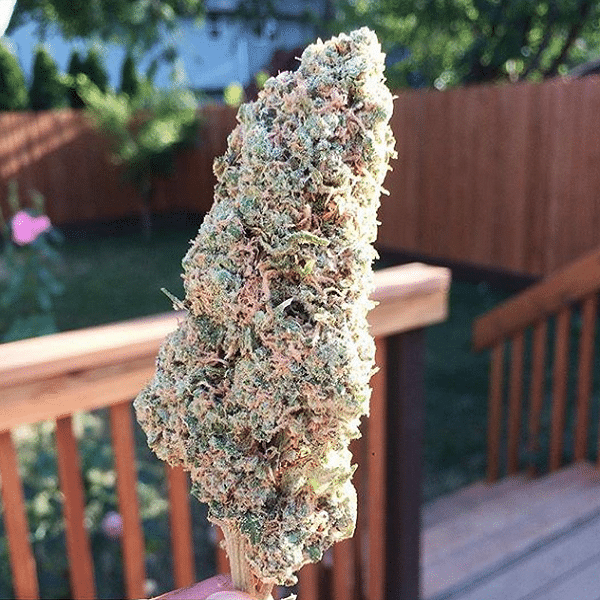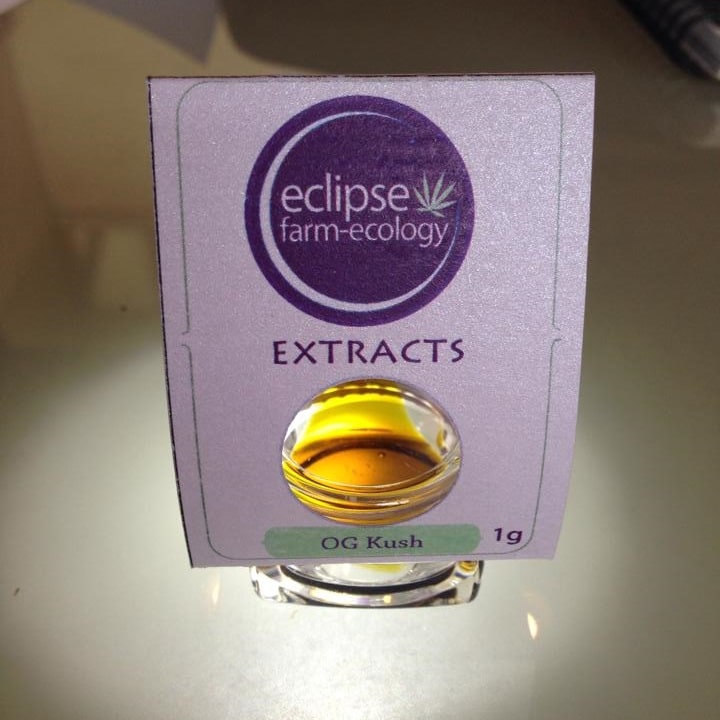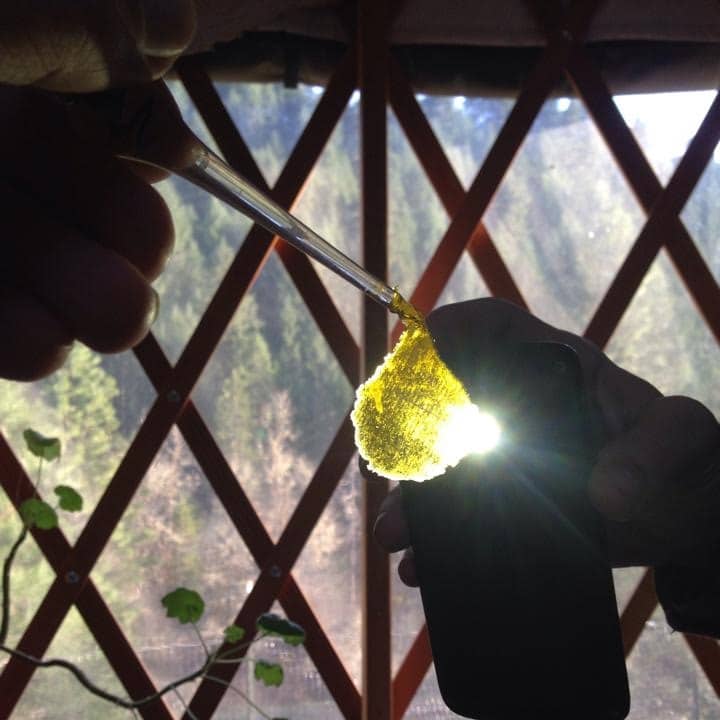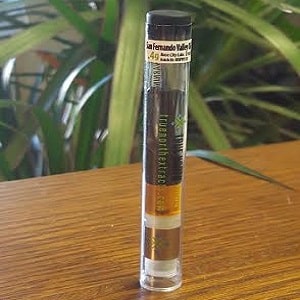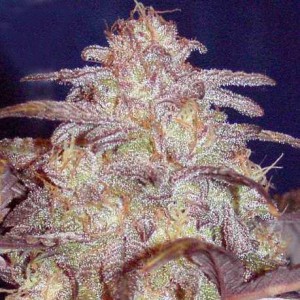 Medical Marijuana Strains
Medical Marijuana Strains
There are three distinctly different kinds of Marijuana/Cannabis:
- Cannabis Sativa
- Cannabis Indica
- Cannabis Ruderalis
Cannabis Ruderalis is a variety that grows wild in parts of Eastern Europe and Russia. It’s occasionally used in hybrids (an intentional crossing of two different types of Cannabis) to help the resulting plants be better able to cope with the cold weather. It is not generally thought of as a consumer strain, so we’ll confine our talk to Sativa’s and Indica’s.
The “high” a person experiences when smoking a sufficient amount of pure or mostly pure Indica is more of a heavy body stone. You may feel lethargic, tired, unwilling to attend to reality tasks; all you’ll want to do is sit and think. It is not a sociable type of feeling. Experienced users call this Couch Lock. You may find it very hard to stay awake as well, so this sort of strain would be good for those having trouble sleeping. This is just want you want for easing pain and relieving spasms.
Sativa’s, on the other hand, offer more of a head high. This is the giggly type of high that goes with long discussions about inconsequential things that seem so important at the time. You’ll find meaning in phrases of songs and movie-scenes that you never noticed before. Sativa is the sociable cousin to the more introvert Indica and not great for relaxing BUT get the right cross between Sativa and Indica and you get the best of both worlds; the sociability and good feelings of the Sativa coupled with the relaxing pain relief of the Indica.
The truth is that a blanket prescription for medical cannabis isn’t really worth the paper is written on — different strains help different medical conditions. Everybody, or just about everybody, knows about THC, which is the primary psychoactive ingredient of the cannabis plant; however there are 66 known cannabinoids! You’ll be delighted to know that we’re not going to go through all 66 cannabinoids here! We will, though, look at those constituents that are important for the medical use of marijuana.
Some cannabinoids known to have both psychoactive and pharmacological effects are:
- Cannabigerol (CBG)
- Cannabichromene (CBC)
- Cannabidiol (CBD)
- Delta-8-THC
- Cannabicyclol (CBL)
- Cannabinol (CBN)
- Cannabitriol (CBT)
- Cannabavarin (THCU)
Of these
- CBN and THC have been shown to reduce pressure within the eyeball (intraocular pressure or IOP)
- CBD does not reduce IOP
- CBD does not treat pain
- CBD relaxes the muscles and so is good for muscle spasms
- CBD has antipsychotic effects and can be used as a sedative and to improve sleep
- CBD is a effective for treatment of Huntington’s disease, Parkinson’s disease, and other neuropathic conditions
- CBD relieves convulsions, inflammation, anxiety, and nausea.
It makes sense then that to treat a medical condition efficiently the correct strain of cannabis must be chose. The fact is that the best strains of medical marijuana are those that have been bred to have a low concentration of CBN but to maintain the availability of the THC concentrates.
A special thanks to our new friends at the Medical Marijuana Blog for giving us permission to post this. It’s a great article for people that are debating which strain is the best for them. This article can also be found at the Medical Marijuana Blog website


